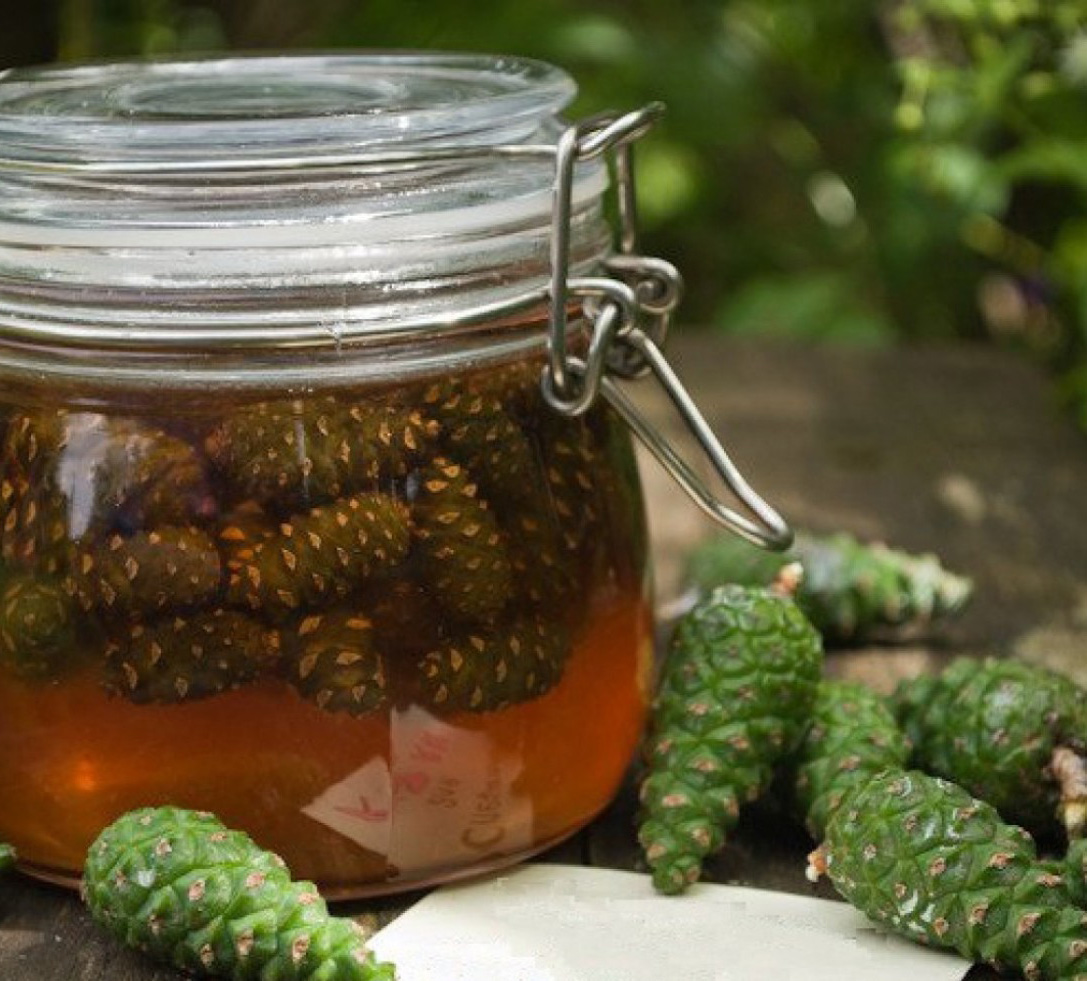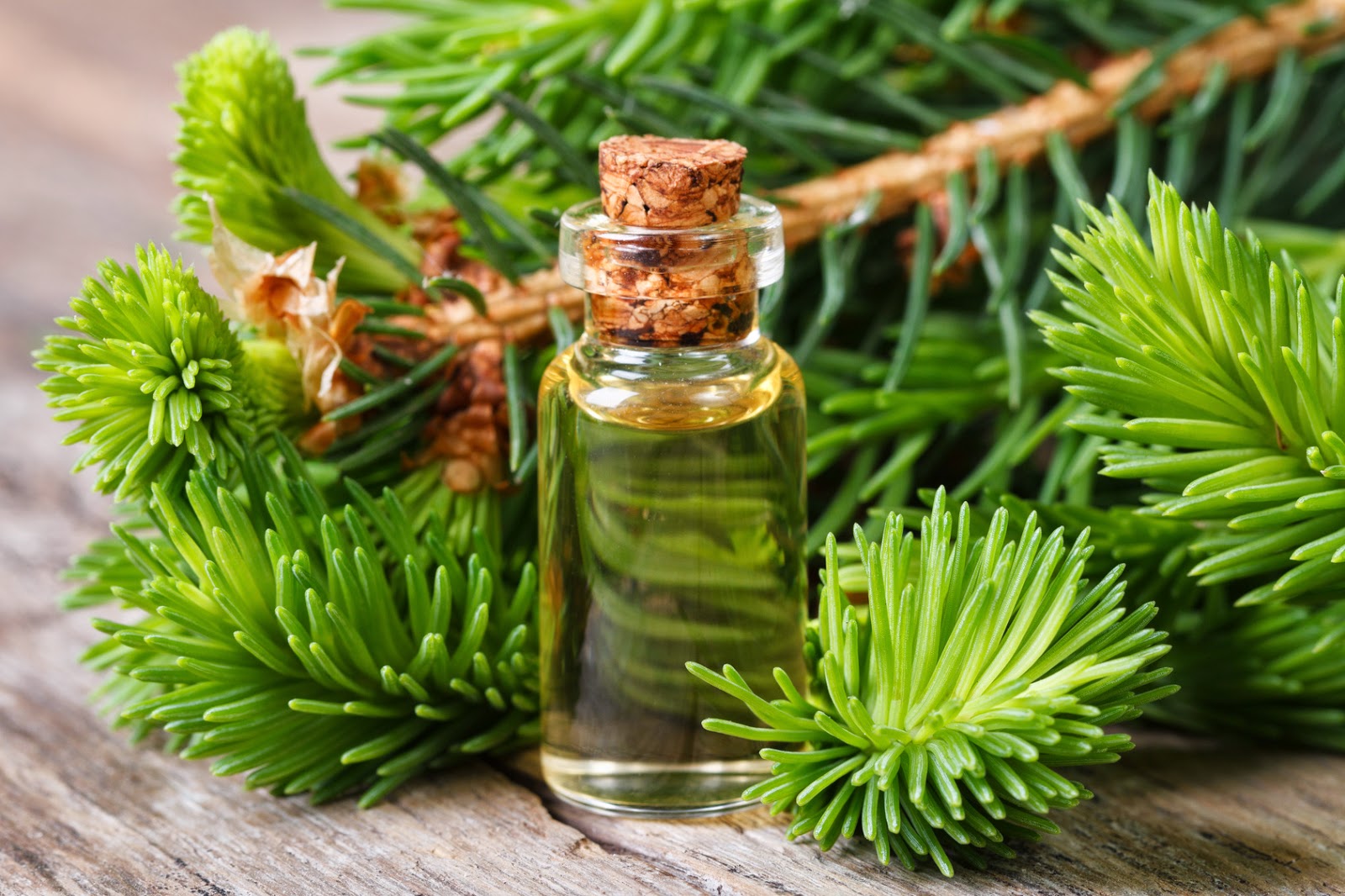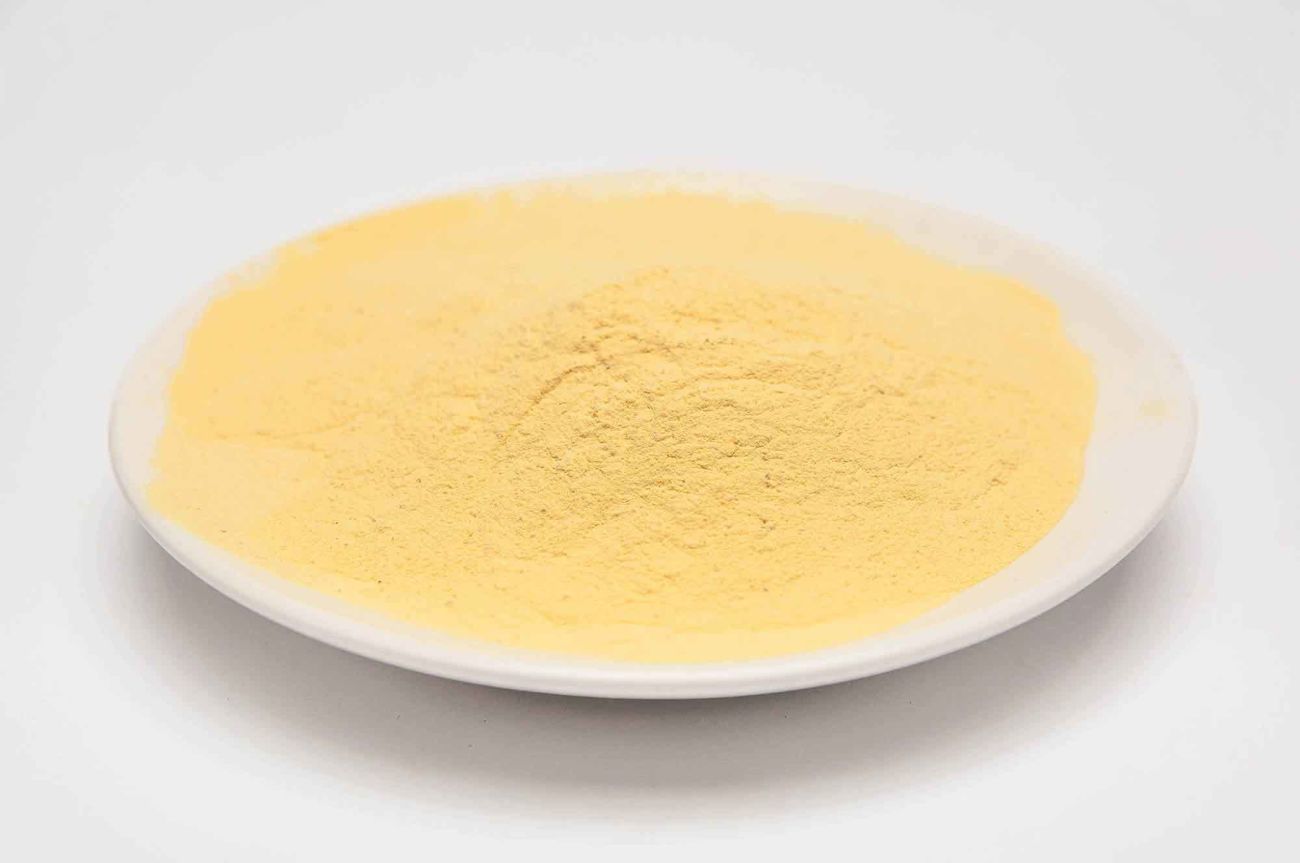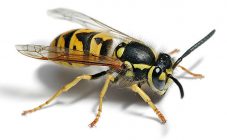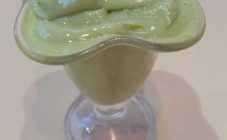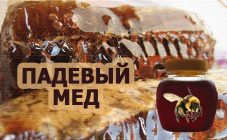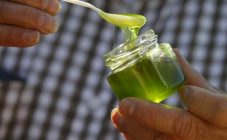Content:
Nature is generous with useful gifts, you just need to know how to use them. Medicinal herbs, for example, can be used in decoctions, infusions, and honey. But, unfortunately, not always, bees can help in obtaining medicinal honey, they do not extract nectar from fir cones. Pine cone honey is prepared without the participation of these insects. This product has been known for its healing properties centuries ago. Spruce honey - what is it, the benefits and harms - the topic of this article.
Pine honey: characteristic features
Why is pine cone jam called pine cone honey? Perhaps because it is just as healthy and tasty. To prepare such a product, pine cones and buds will be required, since only they can give such a concentration of nutrients to the infusion, which will be added to the sugar syrup during the cooking process.
Characteristics:
- Color - dark brown, sometimes dark green.
- Taste - bitter, resinous.
- The aroma is coniferous.
- The product does not crystallize even after a long period of time.
- The viscosity is medium, the product is viscous.
It is worth paying attention to the fact that Shishkin honey is not intended for use as a simple delicacy, due to its concentrated chemical composition. The main medicinal properties are aimed at strengthening and treating diseases of the upper respiratory tract. The reason for this is the phytoncides that are part of the bumps, they are active against pathogenic and pathogenic microorganisms. In principle, it can be referred to as natural antibiotics without exaggeration.
Chemical composition
Pine cone honey is famous for its chemical composition - it includes many micro and macro elements, tannins, amino acids and vitamins.
Minerals, amount of mg per 100g:
- iron - 0.9 mg;
- cobalt - 0.004 mg;
- calcium - 4 mg;
- phosphorus - 1 mg;
- sodium - 16 mg;
- magnesium - 4 mg;
- potassium - 18 mg.
Vitamins, mg per 100g:
- B2 - 0.008 mg;
- K - 0.3 mg;
- B3 - 0.06 mg;
- Ascorbic acid - 28-32 mg;
- B6 - 0.29-0.33 mg;
- PP - 0.28-0.39 mg;
- A - 1 mg.
Other coniferous honey varieties
Spruce honey has a dark green or dark brown tint and a rich, spicy-tart taste, slightly resinous. Enriched with the scent of spruce needles and forest soil. It belongs to rare varieties of honey, since it is very difficult to obtain: insects parasitizing on spruce feed on the substance secreted by the phloem, and then secrete unprocessed sugar from themselves, which is subsequently collected by bees.
Fir honey. The aroma of fir honey is more tart, more pronounced than that of flower honey. Sometimes you can feel subtle woody and resinous notes. Connoisseurs also talk about the presence of spicy shades. Fir nectar is usually less sweet than floral nectar. Astringency, slight sourness and bitterness and some spicy taste features are allowed. The color of bee nectar can vary in saturation depending on the type of tree.
Useful properties and contraindications
Pine honey is a real storehouse of medicinal properties, and besides, it has excellent taste.Its benefits have been officially recognized by official medicine, traditional medicine has been using this product for centuries to treat various ailments. Macro- and microelements, vitamins, tannins and flavonoids are active substances that allow you to take honey to treat a list of pathologies:
- Diseases of the upper respiratory tract. Due to its natural antimicrobial properties, it is actively used for the treatment of acute respiratory viral infections, all types of tonsillitis and bronchitis. The use of a treat stimulates the evacuation of phlegm from the lungs, suppresses pathogenic microflora, relieves cough, relieves pain and swelling;
- A high concentration of flavonoids normalizes the content of lipids and "harmful" cholesterol in the human body. The product is indicated for use in diagnosed metabolic disorders;
- The pronounced choleretic and diuretic properties of "collected" fir honey are used to treat pathologies of the urinary tract, kidneys and, of course, biliary tract;
- The composition contains a large amount of selenium and iron, for this reason, it is recommended to use jam for iron deficiency anemia and other blood diseases, strengthens the immune system and stimulates hematopoiesis;
- To activate the body's defenses and strengthen them, honey is indicated for use during epidemics of influenza and colds;
- The antioxidants and selenium contained in honey slow down the aging process of the body and prolong its youth.
Contraindications
Rational use of spruce jam in the vast majority of cases does not cause side effects and the development of undesirable reactions. The first time you use it, you should be careful and check the body's response to the substance. This is due to the fact that pine cone honey can cause an allergic reaction. But that's not all, pine honey is not recommended for use in the following cases:
- people over 60 years old;
- during pregnancy and lactation;
- diabetes;
- alcoholism;
- chronic pathologies of the kidneys and liver, which are in the acute stage.
Cooking secrets
Before making pine honey, you need to familiarize yourself with the basic rules for harvesting raw materials. If you neglect the rules of procurement, you will not be able to achieve the maximum benefit from the product.
The forest area where conifers grow should be located away from roadways and industrial facilities. This is due to the fact that the plant is able to absorb all harmful and toxic substances from the soil and air. You can also not use young, fragile pine plantings for collection.
Collect buds only after flowering. In the southern regions - this is the second or third decade of April - the first decade of May, and in regions with less favorable climatic and weather conditions, this happens a month or a half later. It is recommended to cut off shoots and cones of a soft green color, they should be soft to the touch. If a person collects young shoots, then it is strictly forbidden to cut off the central one, from which the growth point originates.
Pine pollen
Thanks to pine pollen, it is possible to enrich the composition of honey from cones. The best time to collect it is the first half of May. The pollen is concentrated on small inflorescences, visually reminiscent of corn cobs. As a rule, they are located on the lateral shoots located on the south side. After collecting the inflorescences, they are sent for drying in a dark place with good ventilation. During the drying process, all crumbling pollen is collected, stored in paper or plastic bags.
The pollen contains a high concentration of biologically active substances that are active in relation to cancer cells. To maintain the body, a mixture of honey and pollen is prepared.The use of honey with pollen increases the effectiveness of tuberculosis treatment several times. To prepare the mixture, you will need 1 liter of high-quality honey and 1 tbsp. pollen, the components are thoroughly mixed, and then infused in a dark cool place. Take three times a day half an hour before meals, 2 tsp, preferably with warm homemade milk.
To strengthen a weakened body, a mixture of pollen (10 g), pine honey (50 g) and ordinary flower (100 g) should be prepared.
It is effective to use pine honey for cleansing the body. For this, a drink is prepared from high-quality leafy green tea, a mixture of pine honey and pollen, as well as 1 tsp of vodka and half a medium-sized lemon.
Honey with pollen is actively used to treat prostate adenoma and disorders of the digestive system. It strengthens the body before the upcoming surgical (surgical) intervention.
Coniferous honey: quality check
To purchase a quality product, you must first familiarize yourself with its individual characteristics. It is characterized by: dark color, specific taste, coniferous aroma, and thick consistency.
There are methods proven over the years that will allow you to check the quality of the purchased product at home. For this, the following manipulation is performed:
Prepare quicklime and dilute it in water (ratio 1: 2). Insist the resulting mixture for about 4 hours, stir occasionally. After the set time has elapsed, the rest of the water is poured out.
Mix a small amount of water and honey with the resulting lime mass in a ratio of 1: 1: 10. All components are thoroughly mixed with each other and brought to a boil over low heat. If the product is of good quality, then a precipitate is formed in the form of flakes.
With proper preparation of raw materials and compliance with the rules of preparation, pine honey has many useful properties that are used for the benefit of human health. Regular use of the product is recommended for people prone to respiratory diseases.
